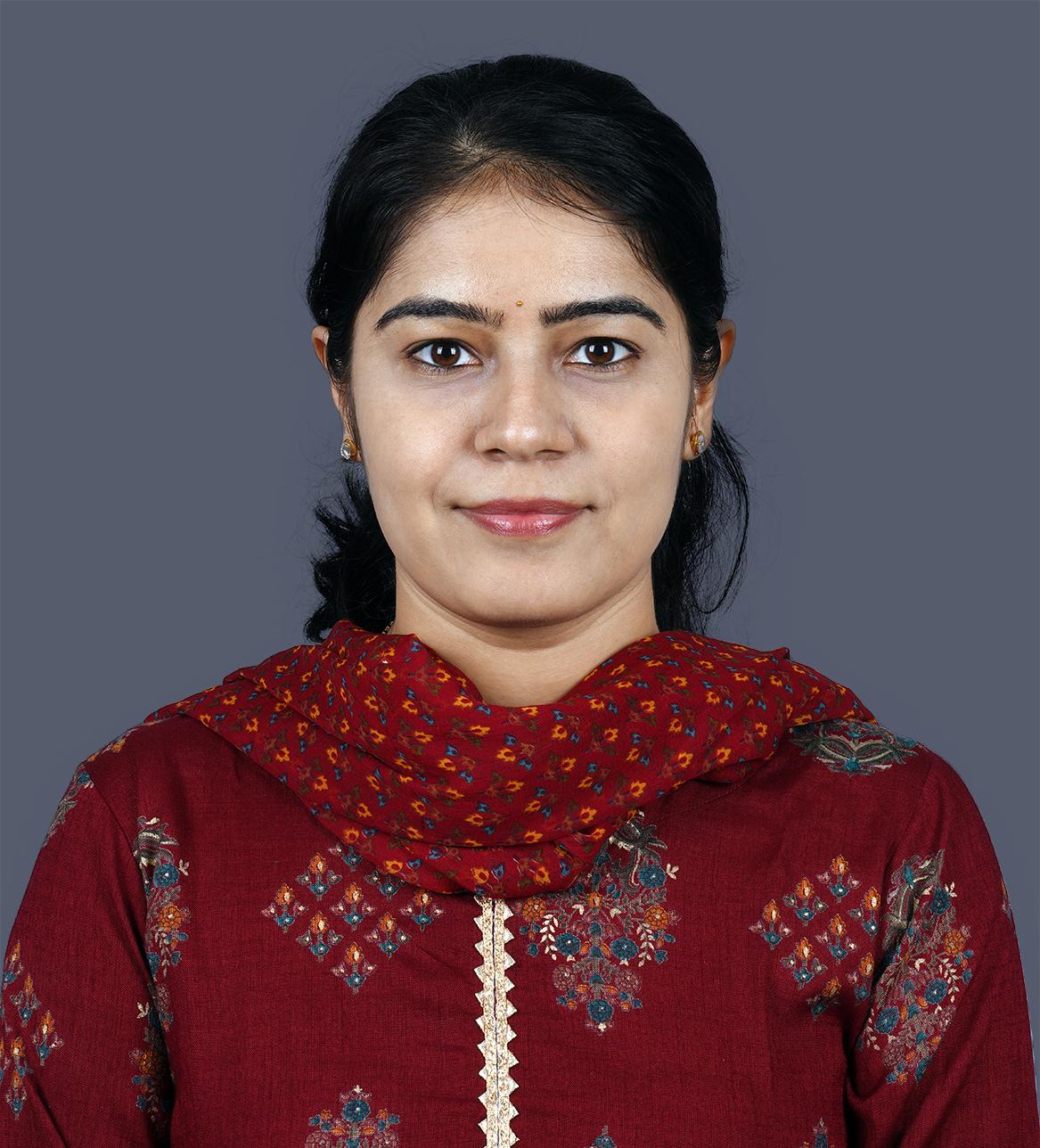Overview
Nuclear medicine is a medical subspecialty that utilizes medically approved radioactive tracers, or radiopharmaceuticals, to diagnose and treat a wide range of diseases. At Amrita Hospital in Faridabad, the Department of Nuclear Medicine offers exceptional diagnostic and therapeutic services using state-of-the-art infrastructure and a team of highly trained physicians and support staff.
By employing physiological principles, nuclear medicine imaging delivers unparalleled diagnostic information, enabling physicians to initiate appropriate treatment and achieve better clinical outcomes. With the latest technological advancements and research, the management of various cancers is becoming increasingly targeted at the molecular and cellular levels through therapies tailored to individual patients.
Functional and metabolic signatures are becoming increasingly important in the assessment of disease status and response rates, surpassing morphological changes. The need for a more precise diagnosis and prognosis of diseases and personalized medicine has never been greater.
All of the investigations performed in the Department of Nuclear Medicine at Amrita Hospital are safe and can be used in patients of all ages, with the exception of pregnant patients and those who are breastfeeding, for whom there are relative contraindications.
Facilities
Single photon emission computed tomography (SPECT) involves acquisition of 3D images using a gamma camera. When an additional CT counterpart is attached to the SPECT system, it is known as SPECT/CT that provides additional anatomical information. Medically approved gamma emitting radiotracers are used for imaging. Most commonly used radionuclide is 99m-Technetium labelled with various organ specific tracers like sestaMIBI, DTPA, ECD, sulphur-colloid, etc. In addition, various other radionuclide labelled radiopharmaceuticals such as 131I-NaI, 131I-MIBG are also used. Nuclear medicine imaging is popularly known as Scintigraphy (imaging the scintillations). Radioactive tracer in minute amounts is injected in the arm of the patient. After injection, the tracer gets localized in the organ of interest and starts emitting gamma rays that are perceived by a dual head gamma camera and its electronics. This scanner records the physiological alterations that take place in selected organs or body systems. The images are interpreted visually and quantitatively to look for pathological changes in any organ much earlier than the conventional anatomical imaging modalities. In most diseases, physiological changes precede anatomic changes, so scintigraphic evidence of a disease process can be diagnosed at an earlier stage.
Positron Emission Tomography /Computed Tomography (PET/CT) involves acquisition of 3D images using a PET/CT machine. The uniqueness of PET-CT lies in its ability to noninvasively assess diseases at the metabolic and molecular levels. PET/CT scans use minute amounts of radioactive tracers [such as FDG (Fluorodeoxyglucose), a glucose analog] to highlight cellular metabolic abnormalities indicating diseases like cancer. Multiple positron emitters are used for imaging. PET CT imaging with 18F based radiotracers such as 18F-FDG, 18F-PSMA (for prostate cancer), 18F-flurodopa (for Parkinsonism, NET, pituitary lesions), 18F-choline (liver/brain cancers), 18F-MISO (hypoxic tracer, prior to radiotherapy planning), 18F-FES (ER receptor imaging) and 18F FLT (tumour proliferation). 68Gallium based radiotracers include: 68Ga-DOTANOC, 68Ga-PSMA, 68Ga-FAPI etc.
- Radio iodine therapy for benign thyroid disorders.
- Lutetium DOTATATE (PRRT) therapy for neuroendocrine tumour.
- Lutetium PSMA therapy for prostate cancer.
- Radiation Synovectomy.
- Radionuclide Bone Pain Palliation
Services Offered
To assess thyrotoxicosis, Graves disease, toxic MNG, thyroiditis, thyroid nodule evaluation, lingual thyroid etc.
To assess parathyroid adenoma, hyperplasia, ectopic parathyroid adenomas
To evaluate IHD, physiological significance of known coronary stenosis, Coronary artery disease, False positive TMT, Baseline ECG changes like LBBB, Risk stratification of CAD, Presurgical cardiac evaluation, to assess myocardial viability before CABG prior to surgery for congenital heart disease, follow-up of Kawasaki disease
To evaluate accurate LVEF, regional wall motion abnormalities in CAD, patients with obesity, COPD, prior to adriamycin and other cardiotoxic drug therapy
To assess GFR of individual kidneys esp. in donors, neonatal hydronephrosis, PUJ obstructions, obstructed megaureter. Relative functionevaluation in patients with renal malignancy prior to nephrectomy, ectopic kidneys, post renal transplant evaluations
To assess UTI (Renal scars), ectopic kidneys, accurate function assessment of individual kidneys
To assess Vesico ureteric reflux, Urinary tract infections, hydroureteronephrosis
To evaluate skeletal metastases, bone malignancy, low backache, tuberculosis of bone, condylar hyperplasia, avascular necrosis, metabolic bone disease, stress fracture, osteomyelitis, cellulitis especially in diabetics.
Assessment of prosthetic infections, evaluation of lymphoma (Hodgkin’s & non-Hodgkin’s), fever of unknown origin
Pulmonary embolism, lung vascularity assessment in children with congenital heart disease, predict FEV1 in patients planned for pneumonectomy/lobectomy
Alcoholic hepatitis, cirrhosis, portal hypertension, hemangioma, jaundice, Budd chiari syndrome.
Differentiate neonatal hepatitis vs biliary atresia, postop bile leak, choledochol cyst, post liver transplant cases, gall bladder dyskinesia, acute/chronic cholecystitis.
Evaluation of meckels diverticulum (Ectopic gastric mucosa), malena, GI bleed.
To evaluate occult GI bleed and localize the site of bleed
For dyspepsia, vomiting, Diabetic gastroparesis.
Recurrent respiratory infections, heart burns
To evaluate tear duct patency
To look for antegrade aspiration in young children
- Cancer staging, restaging, follow-up – brain tumor relapse, head and neck cancer, Ca of unknown primary, thyroid carcinoma, esophageal carcinoma, lung cancer, colorectal carcinomas, breast cancer, gynecological cancers, musculoskeletal tumors, malignant melanoma, prostate carcinoma, lymphomas,
- To assess RT / chemo response,
- For radiotherapy treatment planning.
- To evaluate solitary pulmonary nodule (benign vs malignant).
Neuroendocrine tumors
Prostate cancer
- Myocardial viability in coronary artery disease patients
- To look for myocardial ischemia
- To look for sarcoidosis
- To localize presence of absence of myocardial inflammation / infective endocarditis
- Intracardiac device infection
- To evaluate brain space occupying lesion
- To look for memory loss causes
- To look for Parkinson’s disease
- Evaluation of stroke, epilepsy
- Psychiatric illness
- Paraneoplastic disease workup
- Drug addiction studies
- To localize the site of occult infection in Pyrexia of unknown origin
- To confirm / rule out vasculitis
- To evaluate Prosthetic infection/ aseptic loosening of implants
- Diabetic foot complications like osteomyelitis/ charcots arthropathy

